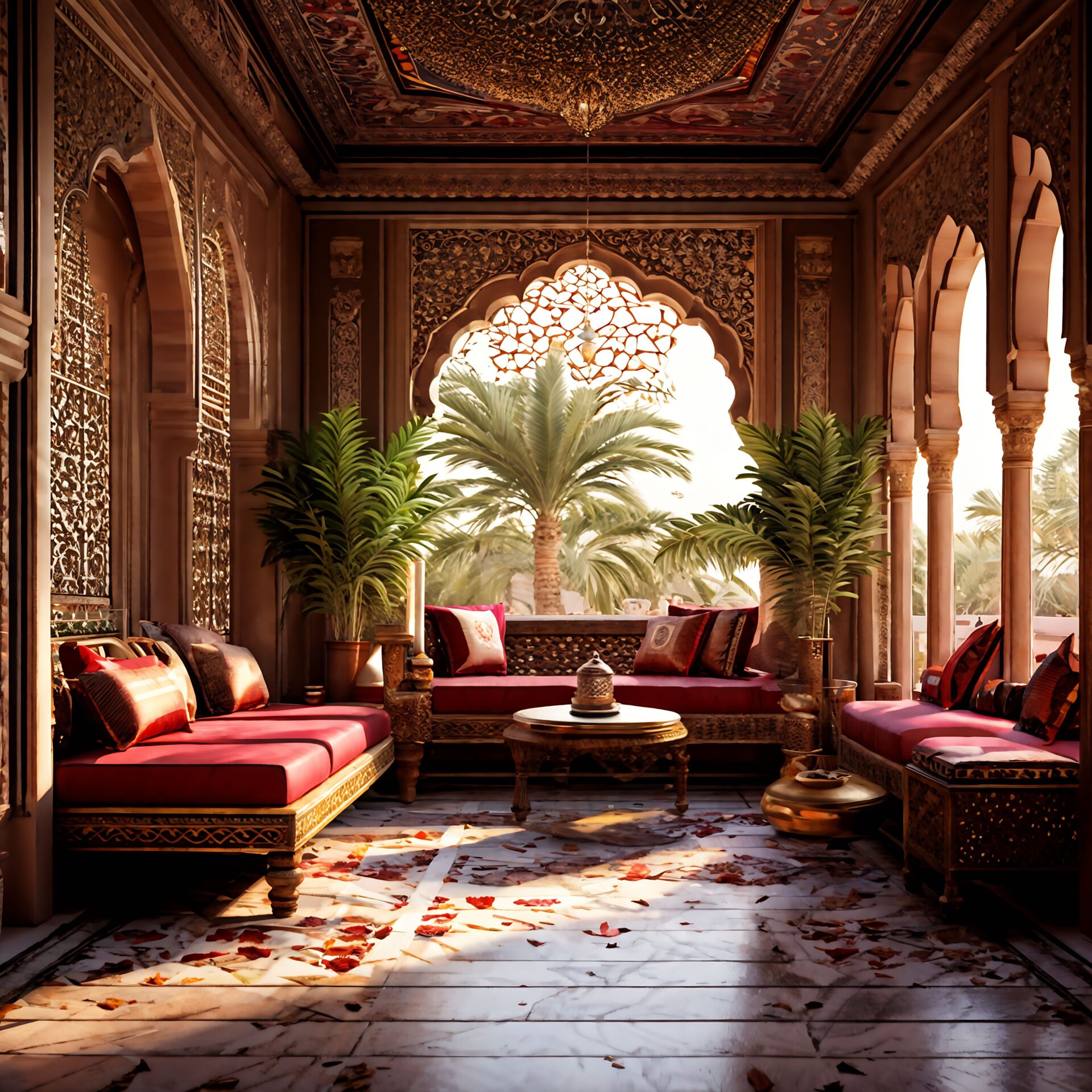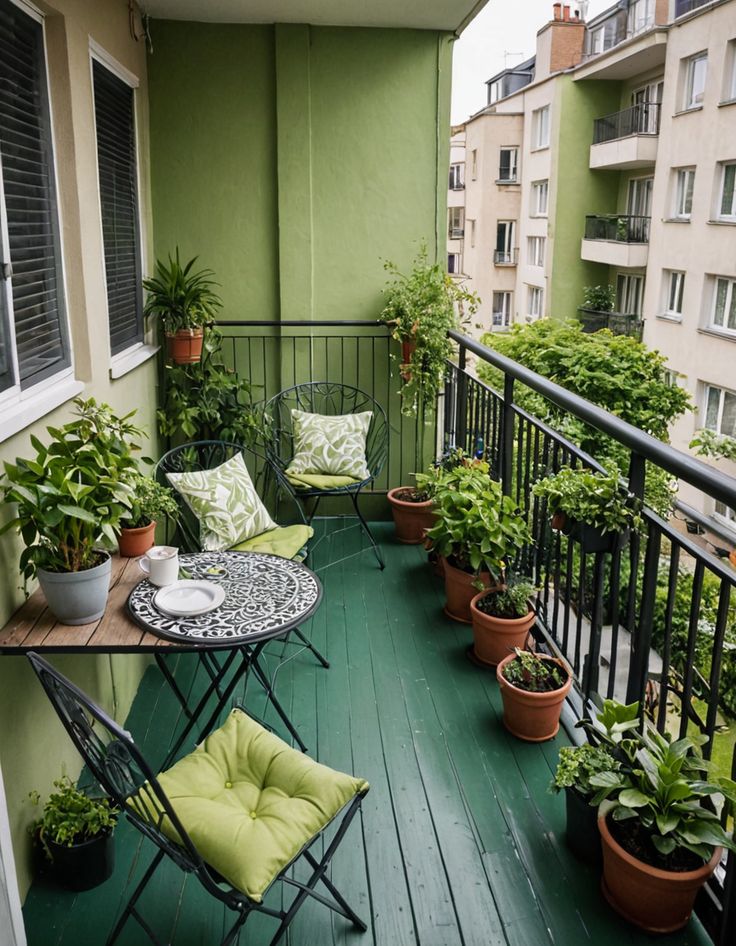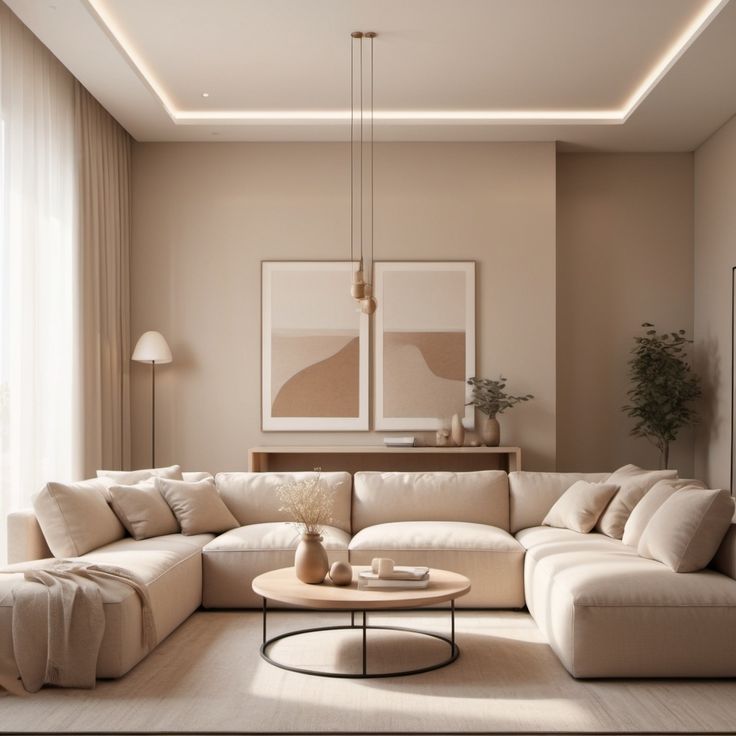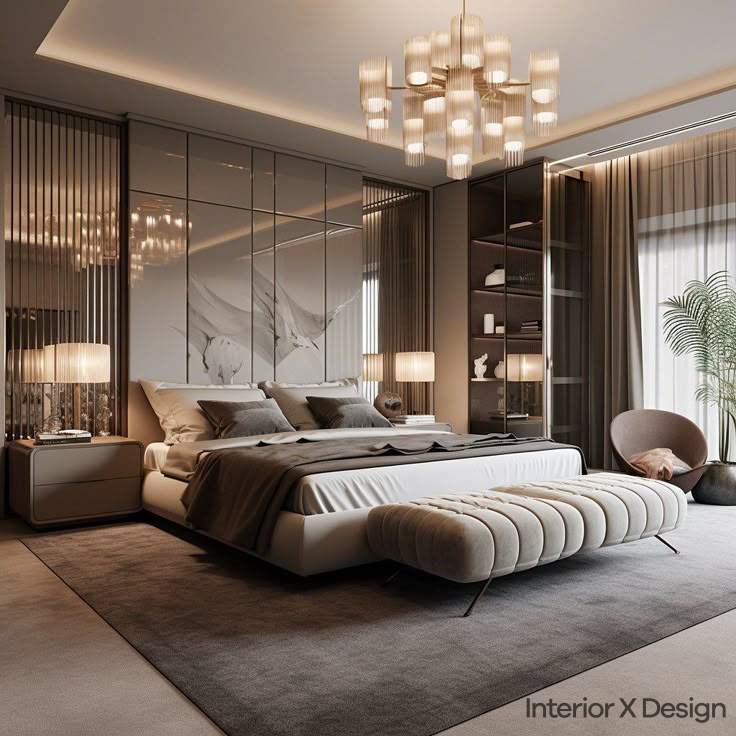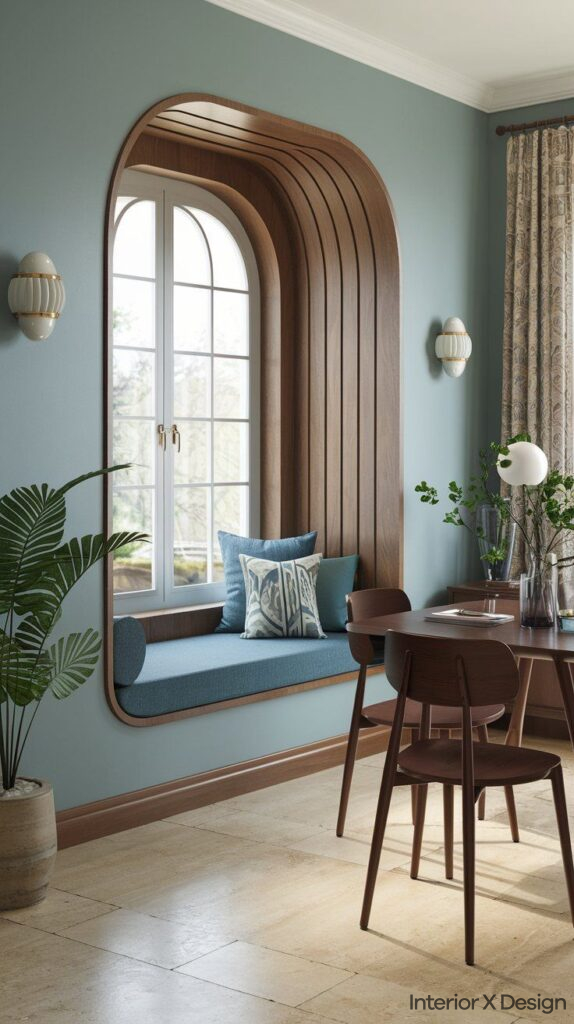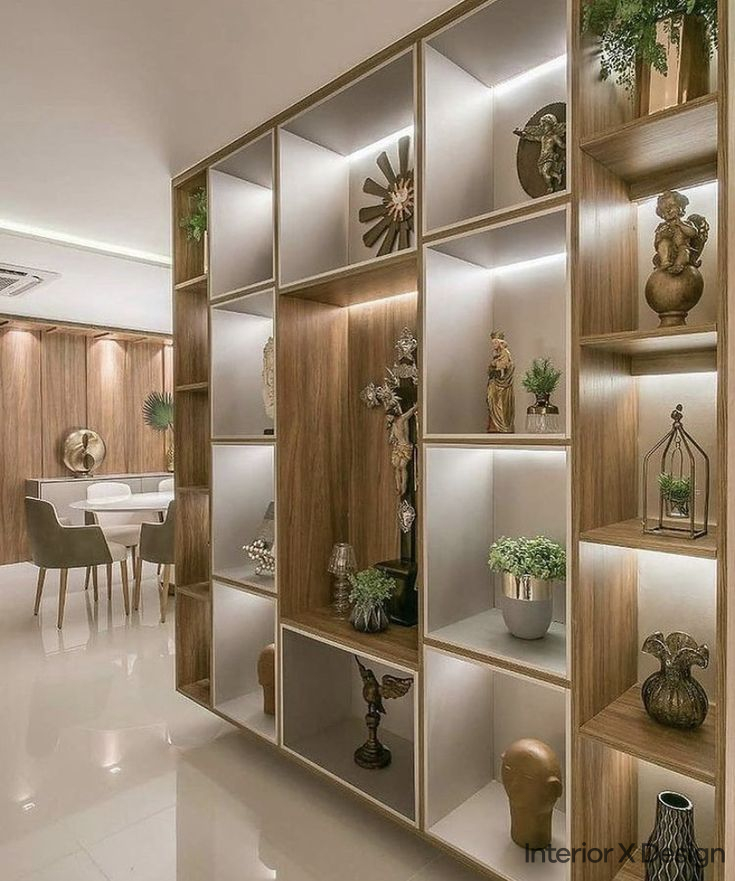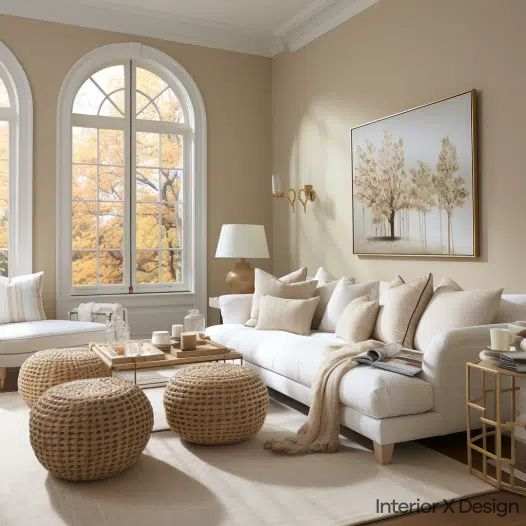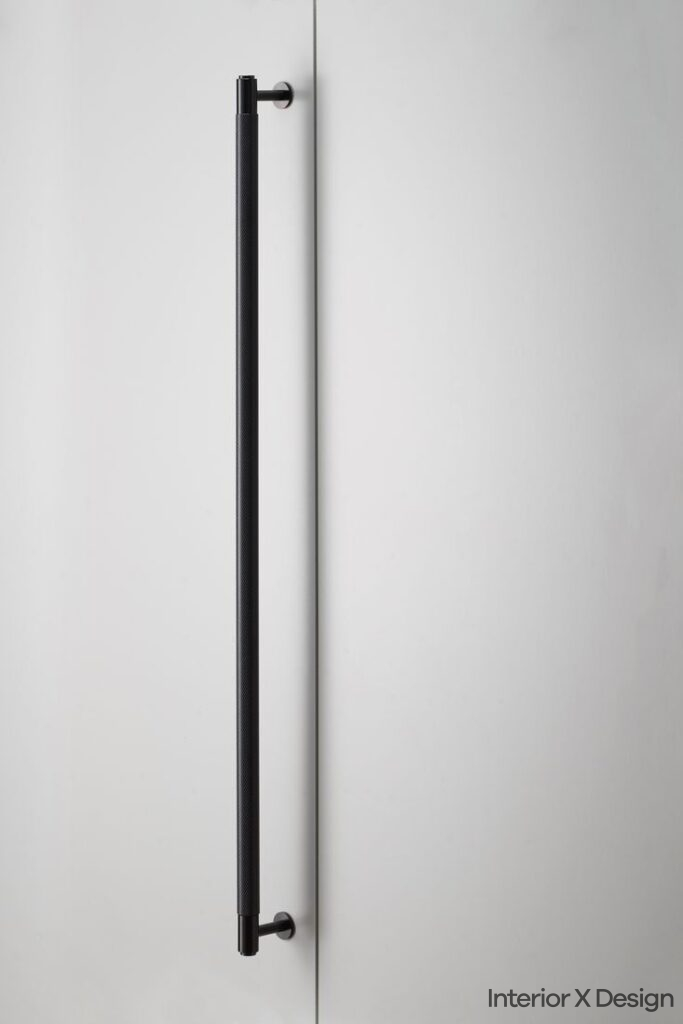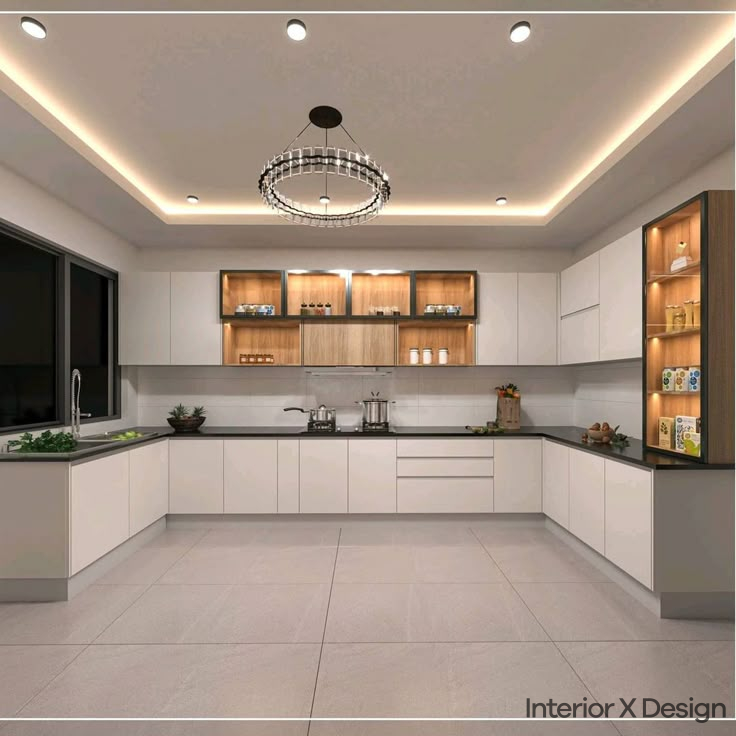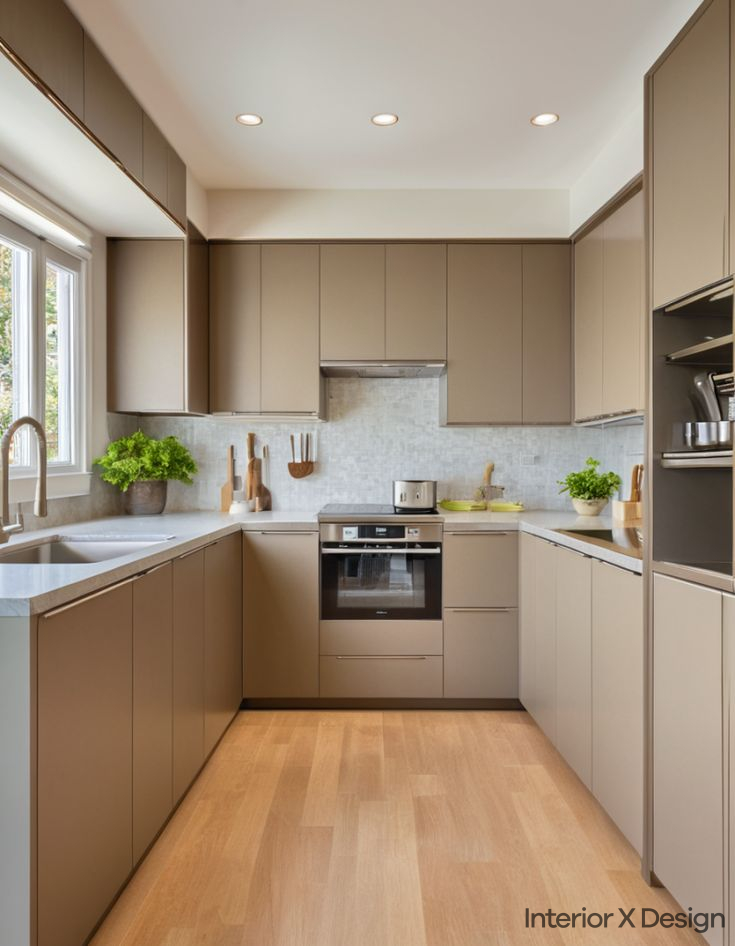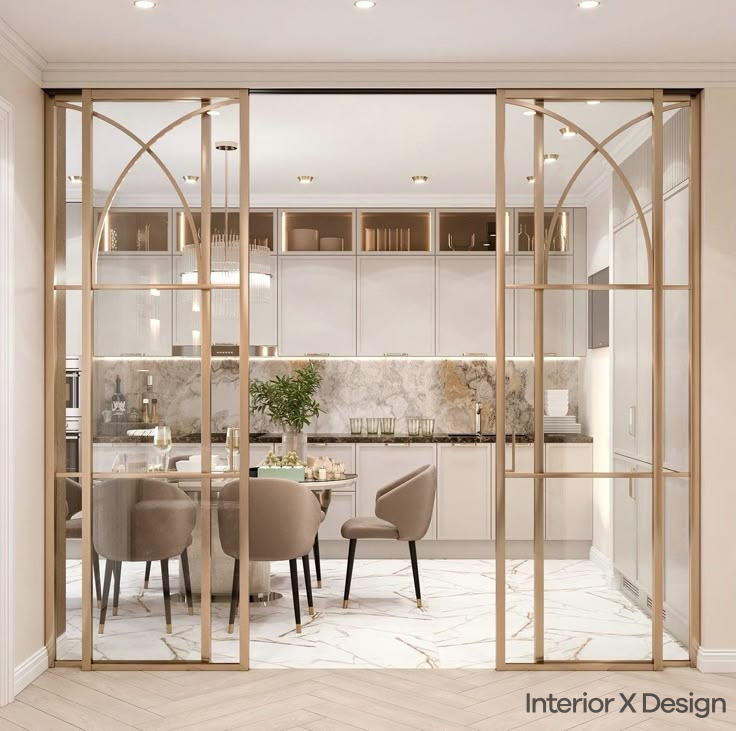Welcome to our comprehensive guide on Moroccan interior design, where we delve into the vibrant and ornate style that has captivated design enthusiasts around the world. In this post, we’ll explore the history, essential elements, and practical tips for incorporating Moroccan decor into your home. Whether you’re aiming for a complete transformation or seeking inspiration for subtle accents, this guide will equip you with the tools to master Moroccan interior design.
What is Moroccan Interior Design?
Moroccan interior design is a style rooted in the rich cultural heritage of North Africa. It combines vivid colors, intricate geometric patterns, and luxurious textures to create a bold yet inviting aesthetic. The key features of Moroccan decor include:
- Vibrant Colors: Ruby red, sapphire blue, emerald green, and sunflower yellow.
- Geometric Patterns: Ornate motifs on tiles, textiles, and furniture.
- Architectural Details: Arched doorways, carved wood, and vaulted ceilings.
- Luxurious Materials: Silk, leather, wool, and metal accents.
- Layered Textures: Rugs, cushions, drapes, and carved furnishings.
This style reflects a harmonious blend of Arab, Berber, Mediterranean, and Islamic influences, creating a look that is both exotic and comforting.
The History and Origins of Moroccan Style
Moroccan decor is steeped in history, drawing from centuries of craftsmanship and cultural exchange. Here are some key aspects of its origins:
- Cultural Fusion: Influenced by Arab and Moorish cultures, Moroccan style incorporates Islamic geometric patterns alongside Berber tribal motifs.
- Artisan Traditions: Skilled Moroccan artisans are renowned for their intricate tilework (zellige), wood carving, metalwork, and textile weaving.
- Global Influence: The Spice Route brought diverse colors, patterns, and materials to Morocco, enriching its design vocabulary.
- Architectural Heritage: Moroccan homes, known as riads, feature central courtyards, vibrant mosaics, and ornamental fountains.
This rich history continues to inspire modern interiors, blending tradition with contemporary elegance.
Key Elements of Moroccan Decor
To achieve an authentic Moroccan look, incorporate the following elements:
1. Vibrant Color Palette
Moroccan interiors are defined by their bold and saturated hues. Popular colors include:
- Ruby red
- Cobalt blue
- Emerald green
- Sunflower yellow
Pair these colors with earthy neutrals like beige or terracotta for balance.
2. Intricate Tilework
Zellige tiles, known for their geometric patterns, are a hallmark of Moroccan design. Use them in:
- Kitchen backsplashes
- Bathroom walls
- Floor mosaics
3. Arched Architectural Features
Rounded doorways, windows, and wall niches add elegance and movement to spaces. Arched mirrors and artwork can also evoke this signature style.
4. Ornate Metalwork
Incorporate metal accents such as:
- Hanging lanterns
- Brass tables
- Silver candleholders
5. Layered Textures
Combine materials like:
- Wool rugs
- Silk cushions
- Leather poufs
- Carved wooden furniture
6. Lounging Areas
Create cozy nooks with daybeds, floor cushions, and low seating for an inviting atmosphere.
7. Decorative Accessories
Complete the look with:
- Moroccan lanterns
- Tassel accents
- Patterned ceramics
How to Incorporate Moroccan Style in Your Home
1. Choose a Vibrant Color Scheme
Start with a neutral base, then layer in bold colors through textiles, rugs, and accessories. For example:
- Paint walls in warm beige or terracotta.
- Add colorful throw pillows and curtains.
2. Introduce Geometric Patterns
Geometric motifs are essential in Moroccan design. Use:
- Patterned tile decals for floors and walls.
- Textiles featuring tribal and botanical prints.
3. Add Arched Details
Arches create visual interest and soften spaces. Consider:
- Installing arched doorways or windows.
- Using arched mirrors or shelving.
4. Layer Textures and Materials
Combine luxurious materials to add depth:
- Place a handwoven wool rug over a larger sisal rug.
- Mix silk and cotton drapes for a layered window treatment.
5. Focus on Lighting
Lighting plays a crucial role in Moroccan interiors. Ideas include:
- Hanging lanterns with intricate metalwork.
- Adding candles in colorful glass holders.
6. Incorporate Water Elements
If possible, include a small fountain or water feature to evoke the calming ambiance of Moroccan courtyards.
Best Practices for Moroccan Decor
- Stick to a Cohesive Color Palette Avoid overwhelming your space by limiting your palette to a few bold colors balanced with neutral tones.
- Balance Patterns and Solids Let bold patterns shine by pairing them with simple, solid fabrics.
- Invest in Quality Pieces Authentic Moroccan decor often involves handcrafted items. Look for fair trade sources to ensure quality and ethical production.
- Edit Thoughtfully Focus on a few key spaces to highlight the Moroccan aesthetic, such as a living room or bedroom.
- Use Lighting Strategically Layer ambient and task lighting to create a warm, inviting glow.
Where to Source Moroccan Decor
To achieve an authentic look, consider sourcing your decor from:
- Import Shops: Explore stores that specialize in Moroccan goods.
- Fair Trade Retailers: Support ethical artisans by purchasing from certified sellers.
- Online Marketplaces: Platforms like Etsy offer a wide range of handcrafted Moroccan items.
Conclusion
Moroccan interior design offers a captivating blend of bold colors, intricate patterns, and luxurious textures. By incorporating elements like zellige tiles, arched features, and layered textiles, you can transform your space into a vibrant and exotic retreat. For more inspiration, explore related styles such as Bohemian Interior Design or Traditional Interior Design on Interior X Design.
Let your imagination take flight as you bring the charm of Morocco into your home. Whether you go all out or add subtle accents, Moroccan decor promises to infuse your space with warmth, elegance, and a touch of adventure. For more tips and ideas, visit Interior X Design today!

